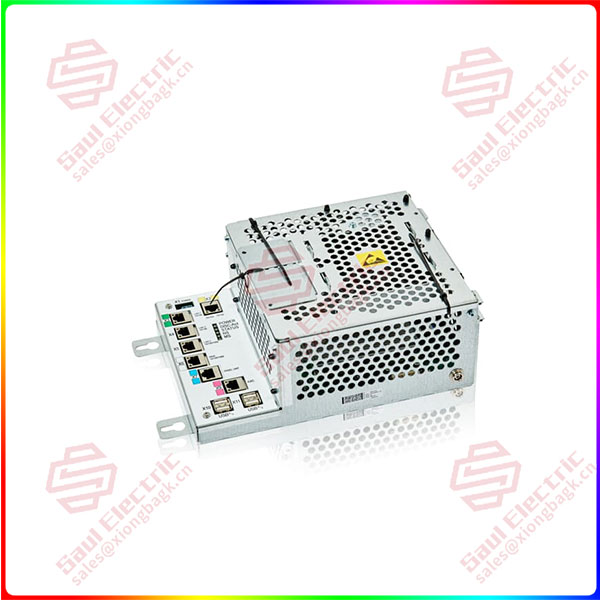The latest data released on October 18 show that in the first three quarters, the added value of China’s high-tech industry continued to rise, and updated and iterated products were successively applied to all walks of life. In particular, the growth of robot demand has made this track continue to heat up, to see the reporter’s visit in Guangdong.
At a robotics company in Shenzhen, Guangdong province, a humanoid robot in the shape of a panda can not only perform various actions according to voice commands, but also provide simple services.
CCTV reporter Ning Kun: Hello, Youyou, please get me a bottle of Coke. (Robot: OK, no problem, please wait for me.) Don’t underestimate just such a simple coke action, which integrates the robot’s voice interaction, visual recognition, location navigation and motion control capabilities.
With the maturity of large models of artificial intelligence, such humanoid robots will improve rapidly in understanding and execution capabilities. At present, humanoid robots are also beginning to be used in factory sorting, handling and some service scenarios.
Tan Min, chief brand officer of a robot company in Shenzhen, Guangdong Province: In the field of commercial services, in the field of family companionship have received a lot of order demand, is already doing small-scale mass production. (Future hope) can achieve such a price of about 200,000, go to thousands of households inside.
Compared to humanoid robots, simpler and lighter collaborative robots are entering more areas. In a shopping mall in Guangzhou, Guangdong province, a collaborative robot turns itself into a masseuse to massage the spine of a customer.

DSQC1018
Consumer Li LAN: (Robot) The force of its action is very constant and very uniform, and the temperature is carried in front of the probe, which makes people feel very comfortable and relaxed.
Liu Jie, chairman of an intelligent technology company in Guangzhou, Guangdong: It has reduced great labor costs. The next increase in the number of robots (of our kind) is likely to be around 500.
In industrial production, collaborative robots are also playing a role. In addition to “big customers” in industries such as automobiles and electronics, some small and medium-sized enterprises in traditional industries have also begun to try collaborative robots. In Dongguan, Guangdong Province, a company specializing in the production of cleaning equipment, there are nearly 20 robots involved in various jobs.
Guangdong Dongguan a plastic products company project director Yuan Zhichang: before (this link) is at least 4 people, now 1 person can.
Benefiting from the efficiency gains brought by robots, the company bought three new co-bots this year.
Yuan Zhichang: The most important thing is stability, and to improve our efficiency a lot, and to double our production capacity. We will also introduce these robots.
Chang Li, vice president of a robot company in Shanghai: In recent years, collaborative robots as a whole are in a growing trend. Medical supplies, home appliances, lithium, warehousing and logistics, food and beverage and other subdivided application fields are expected to achieve large-scale expansion in the future.
At present, China’s industrial robot installed capacity has accounted for more than 50% of the global proportion, ranking the world’s largest market. The latest data show that in the first three quarters of this year, China’s industrial robot production exceeded 320,000 sets, an increase of 0.4%; The production of service robots in August this year increased by 73.7% year-on-year.
Li Hongwei, director of the New Industrialization Institute of CCID Research Institute: Robot is not only the product of our new round of scientific and technological revolution and industrial change, but also the engine of our next step to accelerate the new industrialization. The breadth and depth of application of robots will be one of the important signs of measuring the new industrialization (level).
In addition to robots, a number of emerging industries have also maintained a rapid growth momentum this year. In the first three quarters of this year, exports of new energy vehicles, lithium batteries and photovoltaic cells increased by 41.7%, investment in high-tech industries increased by 11.4%, and the development of high-tech manufacturing industry has a good momentum of recovery.
 1 Year Warranty
1 Year Warranty





